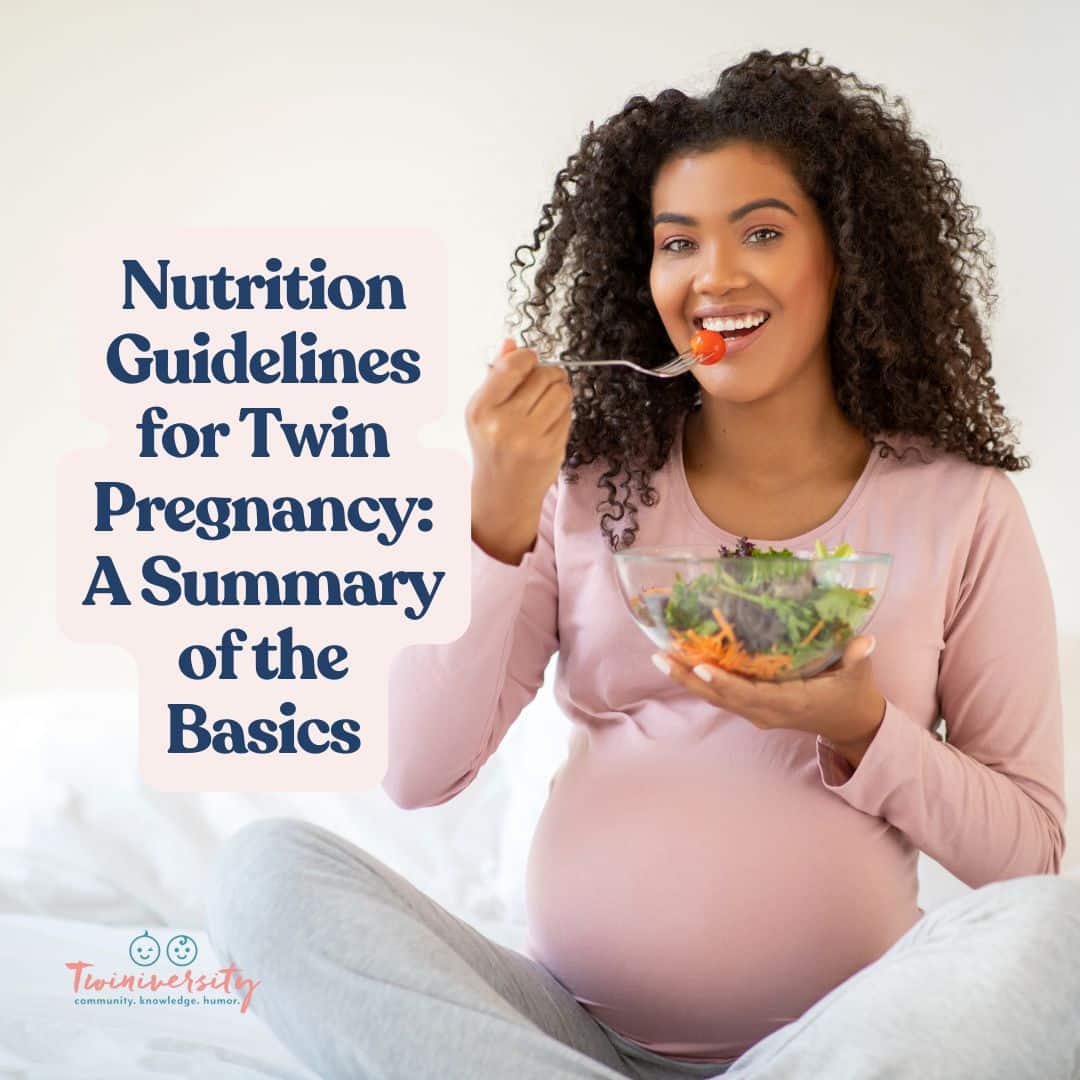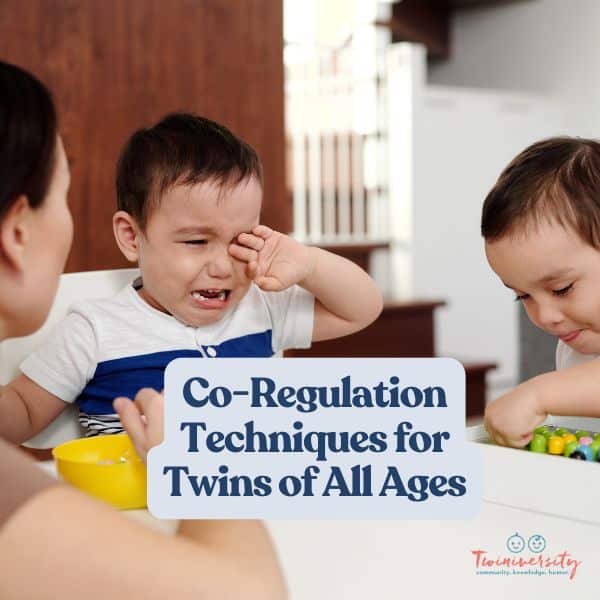Last updated on April 17th, 2024 at 10:13 pm
Being a nurse, I was absolutely certain I wanted to exclusively breastfeed my infants for the first 6 months. You would have to be living in a hole, on an island, for the past decade to be unaware of the enormous benefits. The list for your baby includes improved immunity and respiratory health associated with a 50% SIDS reduction, fewer allergies, asthma, and ear infections, a better vaccine response, and reduction of chronic diseases like Crohn’s and Diabetes. The benefits for moms include postpartum weight loss, bonding, and reduction of cancers! Plus it staves off the menstrual monster and it is free, versus $1000+ per baby, per year (who said there is no such thing as a free meal?)!
The dirty little secret is that it is VERY HARD. The learning curve and milk production are new and different with each pregnancy. Throw a whole extra baby into the mix (or 2 or 3), and it can be overwhelming, or in the case of prematurity, nearly impossible. Nearly.
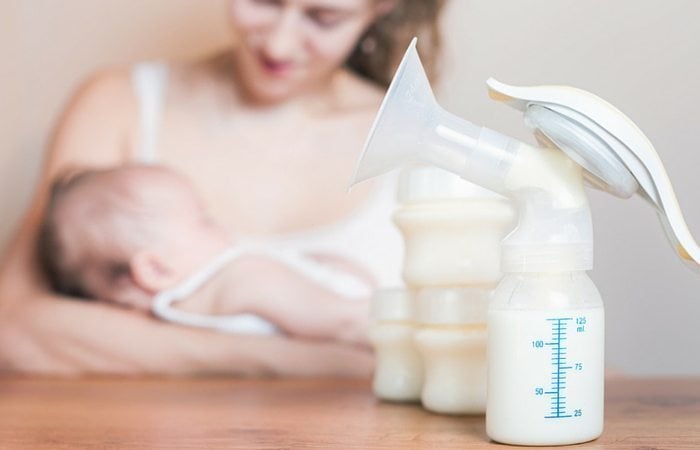
To Get Started
Multiples are often born prematurely. Preemies have to learn the swallow-breath thing, have smaller tummies and need to eat small amounts more often, and usually have a weaker suck reflex. My babies were tube-fed in the NICU and bottle-fed once they could eat enough to thrive without the tube. With this weak suck reflex, I was 100% pumping for the first month. Pumping is no joke. Mastitis blocked ducts, and other weekly issues ensued. To say that I am still breastfeeding after 1 year is difficult to contemplate.
Here is how one gets going when you bring your babies home. Starting with your three P’s: pillow, patience, prayer; give yourself a small timeline goal to get to, for me it was 3 months. Then three turned into 4, then 6, then well why not a year!
- The Pillow: If you are going to be successful, do not skimp on the pillow. It should be the double version so that there is room enough to feed two babies simultaneously as they grow. I have the My Breast Friend, same brand that I used in the hospital, and I love, love, love it.
- Patience is key. The old saying “don’t pray for patience” applies here. You will fail, succeed, fail, cry (ok, lots of crying) but remember every little success is reason to celebrate.
- Prayer. Never underestimate the power of prayer. We were living on a prayer for the first 3 months, and villages of prayers are what sustained us. Enough said!
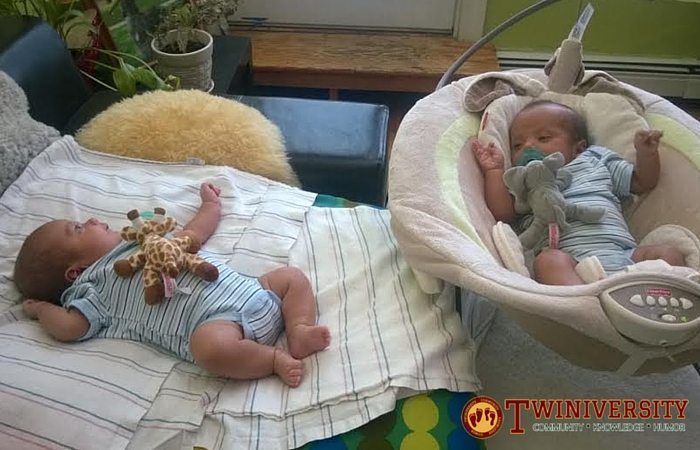
Ready, Set, Breast!
You will eventually be able to do this solo, however, to start it is best to have help. For the first couple of weeks, I had the visiting nurse and my mother. From then on, it was only the dogs’ sympathetic gaze.
Place your freshly diapered babies on the floor/crib/bouncy, directly in front of the couch/bed where you will be feeding. Make sure you have plenty of cushioning for your back. Draw up about 3ml of milk (bait) in a couple of syringes (like the one for baby acetaminophen, etc.). Use formula if breastmilk is in short supply because this might end up all over you and baby (or if you are me, all over the floor). Other things needed on a table within reach are burp cloth/cloth diaper/towel, pacifier, water for you, nipple shield, and the phone/TV remote/Bible/etc… Sit down and take a deep breath. Secure the pillow to your waist. Cover the pillow with a large towel/cloth diaper -or you will be washing this thing every night and no one has that kind of time. The baby can be swaddled if needed.
The nipple shield has somewhat of a bad rap. It is not something that every woman needs, but for mothers of multiples, not only will your nipple be assaulted (even before teething!) but preemies do better with firmer nipples so they don’t get exhausted while perfecting their suck. Plus, they work great for using as a milk reservoir to give milk prior to letdown.
As you place the baby in your position of choice (I love football) express a bit from your breast to prepare the nipple/wet the shield, or you can just fill it with a bit of milk from the syringe. Stick the shield on, and drop some more milk on the outside of the shield. Now you are ready to latch the baby. Rub the shield back and forth over the baby’s mouth to give a taste of the milk. As the baby latches or opens their mouth enough to insert the shield, use the syringe to continue dropping milk over the top of the shield – running down around the baby’s mouth to encourage the baby to continue at the shield (picture the horse and carrot). This takes work and patience, but in time as the baby gets stronger, the shield can come off.
Talk or sing to your baby so that baby remains alert, but don’t overstimulate. Rubbing the bridge of the nose often stimulates enough to suck and not sleep. Set your timer for 5 minutes. You can gradually lengthen this, but to start you want to not tire the baby nor frustrate yourself. Once you are done with the practice session, bottle feed baby in place (near your breast). The baby needs to associate the breast with comfort and a full belly. Since the diaper is clean, the baby can be placed in bed to slumber.
If you achieve latching and/or double feedings on maternity leave, it will definitely make the transition back to work much easier. Otherwise, you will exhaust yourself pumping and feeding all night.
Double Dutch
This was overwhelming, but you too can double latch! You can start training both at the same time, it really isn’t any harder. Gentle place one baby on each side/beside you on the couch, head away from you, so as to ready for football position latching (and touchdown!). Take another deep breath! Pick up the better latcher or calmer baby on your dominant side and repeat above to get latched on/comfy. Gently pick up the second baby and position. Then you can alternative between babies dropping milk dribbles, making a mess, and reattaching mouths and shields. Remember it is a practice that makes perfect and you all are learning.

Unspoken Things
There will always be a breast with more milk. I lovingly refer to that one as the “breast of milk and honey”. Save that one for your sessions for the baby with weaker suck. You will need to rotate the strong baby to that side afterward or pump that side to keep things flowing nicely. But this breast will provide instant gratification for the weaker sucker/poor latcher. Hey, we all need a pick-me-up!
Sometimes you have to end up pumping and/or bottle-feeding AFTER a practice session. This is exhausting, and it is completely understandable when women choose to just go to the bottle. Or bottle at night, and practice during the day or when there is more than half an eye open. For me, hubby and I bottled at night, and we practice double latching during the day.
You can also try the supplemental feeding system (Medela makes one) to slow drip formula feedings through a small tube attached to your breast or under a nipple shield. This trains baby to go to the breast even while getting formula and avoids the bottle. My babies went from bottle to breast to pacifier and back non-discriminately, but if not, this is also an option.
You aren’t a failure if you use formula with breastmilk. Many preemies are on a supplement with breastmilk anyways, what I call the “protein shake”. Just remember that if they are 50% formula fed, they don’t need a Vitamin D supplement. You can always use formula as a backup plan for growth spurts, public outings, or outfits that would make it hard to breastfeed (weddings, etc), or when you spill your pumped supply (a.k.a. my first day back to work). It really is okay. Remember that they will not be on breastmilk forever anyways!

Need some twin parent friends? Get the support you need with a Twiniversity Membership. Benefits include a monthly twin parent club meeting on Zoom, access to a private Facebook group just for twin parents, and a video library of twin parenting lessons. Visit Twiniversity.com/membership to join today!
Whatever You Do, It Is Good Enough
It was a long transition from complete formula feeding to complete breastfeeding. You may make it halfway and that’s okay. Breast is indeed best, in any form, length, or percentage; but even more important is your love and care of your duo!

Josie Kramer Rodriguez is Midwestern born and raised. Josie is a full time nursing director in Boston with a master’s degree in nursing and an MBA in healthcare management. She is a full time wife to a soccer fanatic, and a full time mom of 11 month old twin boys, an adopted 8 year old girl from India, and 2 Afghan Hounds. She has owned, showed, bred and loved Afghans for 18+ years. Her free time is spent hosting women’s bible study, brushing dogs, volunteering at The Well Coffee House, and attending her baby-gang’s playgroups. Follow her on Facebook in ‘The Chronicles of Bostonia’.
Related Articles
- The Beginners Guide To Breastfeeding Twins
- Breastfeeding Doesn’t Always Work Out And That’s Okay
- 11 Tips To Balance Twin Breastfeeding
Latest Twiniversity Articles
Are You a New Twin Parent?
Check out Natalie Diaz’s book:
“What To Do When You’re Having Two
The Twin Survival Guide From Pregnancy Through the First Year”
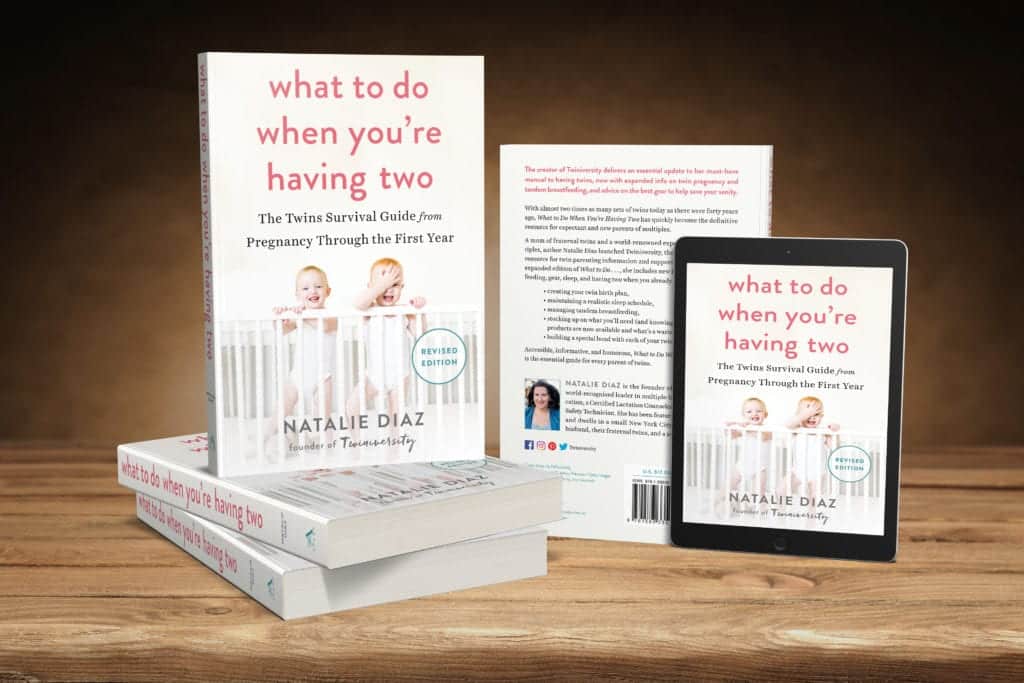
In What to Do When You’re Having Two: The Twins Survival Guide from Pregnancy Through the First Year, national twins guru and founder of Twiniversity (and twin mom herself!) Natalie Diaz provides a no-holds-barred resource about life with twins, from pregnancy and birth all the way through your duo’s first year of life.
Accessible and informative, What to Do When You’re Having Two
is the must-have manual for all parents of twins.



